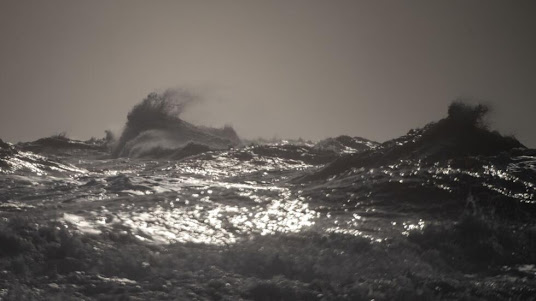RFI
Sat, 16 September 2023

© NASA Worldview Snapshots
The flash flood that killed thousands of people in Libya this week followed a "medicane" – a rare but destructive weather phenomenon that scientists believe will intensify in a warming world.
The term is an amalgamation of the words "Mediterranean" and "hurricane". Used by scientists and weather forecasters, it is less well-known to the wider public.
Medicanes, which tend to form over parts of the Mediterranean Sea near the North African coast, are similar to hurricanes and typhoons, although they can develop over cooler waters.
On satellite imagery they look like a swirling mass of storm clouds with an eye in the middle.
Fierce winds and approximately 170 millimetres of rain were unleashed by Storm Daniel when it made landfall in Libya on Sunday.
Scientists say the storm bore all the hallmarks of a medicane.
"We are confident that climate change is supercharging the rainfall associated with such storms," says professor Liz Stephens from the University of Reading.
International aid effort stepped up as Libya searches for flood victims
The Mediterranean cyclones are usually smaller and weaker than their tropical equivalents and have a smaller space in which to develop.
However their peak strength is usually the equivalent of a Category 1 hurricane on the Saffir-Simpson scale, encompassing speeds of 119 to153 kilometres per hour.
(with AFP)

No comments:
Post a Comment